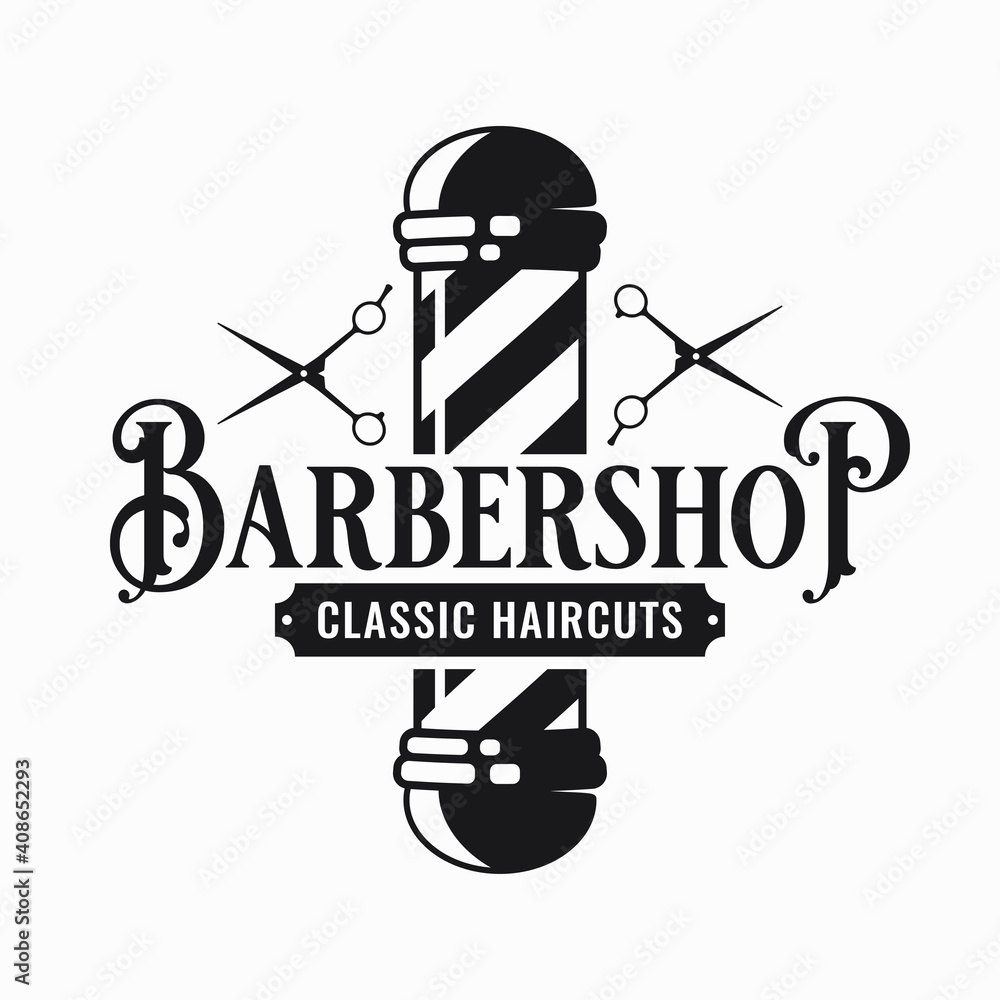While consulting a hair professional, having the ability to clearly describe your ideal hairstyle is vital for reaching the desired appearance. A thorough explanation enables the stylist understand your vision and minimizes the chances of misunderstanding. To ensure that you get the haircut you want, it is necessary to get ready in advance and think about several critical factors when articulating your preferences. These factors comprise hair length, texture, design, and any specific elements that you would like to incorporate.
First, consider the length of your hair. Haircuts can range from very short styles like pixies to long layers that fall below the shoulders. It is helpful to specify whether you want a trim, a significant cut, or a complete transformation. Using precise terms such as "shoulder-length" or "mid-back" can provide clarity. Additionally, discussing the possibility of bangs or layers helps the stylist visualize your request more accurately. Being clear about how much length you wish to maintain or remove will significantly influence the outcome of your haircut.
Secondly, tress consistency plays a crucial function in shaping how a haircut will look. Different hair types—such as sleek, rippled, curly, or kinky—respond uniquely to specific styles. When describing your ideal cut, it is essential to note your tresses’ natural texture and whether you intend to use any hair tools or formulations. For example, if you have thick strands, you may want to ask for thinning techniques to reduce bulkiness. Conversely, if your tresses is fine, you might opt for texturizing that create volume. This information enables the Discover More Here professional to customize the style based on how your hair responds.

In addition to hair length and texture, discussing the overall look you want can provide direction for the hair professional. There are a variety of haircuts to choose from, including timeless cuts like blunt cuts and modern variations like asymmetrical styles. It is beneficial to share examples of hairstyles that you like—these could be images from print media or online portfolios. Highlighting distinct features such as soft edges, defined outlines, or stacked layering can help conveying your idea more effectively. This ensures that both you and your hair expert are on the same understanding regarding desired outcome.
Finally, don't forget to mention any distinctive features that might elevate your hairstyle. This could include factors such as face shape or individual aesthetic choices that influence the final look. For instance, those with circular face shapes might prefer gentle contours to elongate their profile, while clients with square faces may choose softer layers to diminish their jawline. In addition, discussing shade preferences can also be part of this conversation; noting if you want highlights or a single shade can further define your desired explanation result.
In conclusion, effectively communicating your desired style involves careful consideration of several important factors: hair length, texture, look, and unique features. By planning in advance and being clear about these elements, clients can significantly enhance their experience at the studio and increase the likelihood of leaving with a result they love. A productive consultation with a hair professional is founded upon open dialogue and mutual understanding. This team effort ensures that both guest and stylist collaborate towards creating the perfect look.